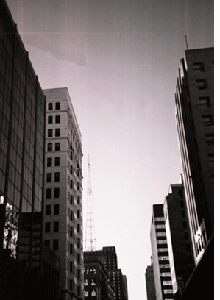 |
||||
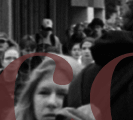  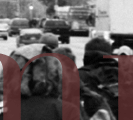  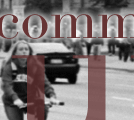 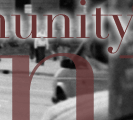 |
||||
|
Segregation in Milwaukee: Choice or chance? I was eight years old. Mom and Dad said it was time to go. Too much crime, the shootings, break-ins; it was chaotic. So I had to say good-bye to all my friends on the north side of Milwaukee and move across town. What was across town, was the suburbs, a community that was safer, but predominantly white. Now, the shift from living in a predominantly black community to a white community was not as hard for me to adjust to because I already went to a primarily white school, but I saw the implications of segregation when my family was the only black family on the block. We choose to not be in a segregated situation anymore, but do races prefer to be in segregated situations – living by their own race? According to the Public Policy Forum (PPF), a non-partisan, non-profit organization in Milwaukee, the majority of the city does. They released a study in September and found that the majority of people prefer to live in a neighborhood with people of their own race, resulting in racial isolation or segregation. The study not only has policy implications, but personal ones, as well. Driving around my hometown, I clearly see evidence that Milwaukee is the most segregated city in the country for both blacks and whites. In November 2002, the U.S. Census measured residential segregation in the country’s largest cities using five credentials: clustering, concentration, centralization, isolation and differences in the living patterns of different racial groups. These findings put Milwaukee at the top of the list of the most segregated. For Milwaukee to be a racially diverse city, 82 percent of its black population would have to move. Public Policy Forum’s Study: Segregation by choice The PPF conducted about 800 telephone interviews in mid-2004 that sampled households in Milwaukee, Waukesha, Ozaukee and Washington Counties. The survey asked a variety of questions about safety, housing affordability, neighborhood satisfaction and, of course, segregation by choice when it comes to choosing a home. They found that almost two-thirds of all of the survey participants agree that the main reason metro Milwaukee is segregated is because different races choose to live in communities with people of their own race. PPF labels this phenomenon “cultural affinity.” Even though the majority agreed with cultural affinity being a huge factor in home choice, 22 percent of African-Americans strongly disagreed that this is the main cause of segregation in Milwaukee. However, only 8 percent of whites strongly disagreed with the statement. Expert Opinions The study stirred quite a debate in organizations that deal with race and housing. The Metropolitan Milwaukee Fair Housing Council, an organization that conducts intake of fair housing complaints for the general public, helped PPF design the study. Kory Schneider, program manager of community and economic development for the council, says they do not necessarily agree with the results. “The Public Policy Forum’s study is valuable, but it contains dialogue that is in danger of misrepresentation,” Schneider says. “The study kind of says that everything is okay when that is not really the case.” Schneider says that Milwaukee is segregated for three reasons: economics, choice and housing discrimination. “People live where they can afford first, then choice or cultural affinity and housing discrimination, which has a historical perspective,” Schneider says. Housing discrimination, which was prohibited by the Federal Fair Housing Act of 1968, banned landlords from choosing tenants on the basis of race, religion, ethnic background or national origin, sex, age, having children and having mental or physical disabilities. However, it still did not reverse housing inequity, according to Schneider. "Instead it was a white flight,” Schneider says. “An inequality was created when whites were told they needed to move to the suburbs or their housing values would go down and minorities were left in Milwaukee where the housing values were less.” Schneider is right on with this racial exchange. I have heard my parents talk about how there were many white people that lived in our old neighborhood. When whites moved out for whatever reason, more blacks started to move in and the housing values and home upkeep went way down. The PPF also touched on economic factors and housing discrimination in its study, reporting that finding an affordable home was the biggest challenge to metro residents: 53 percent of blacks reported home values under $75,000 in comparison to 2 percent of whites. Anneliese Dickman, a senior researcher at PPF, said the study was a follow-up to an earlier study on affordable housing, in which they found that reasonably priced housing is more available throughout Southeastern Wisconsin than people think. PPF wanted to take it a step further and find out why the region is not integrated. “In our survey, a majority of people across all races and ethnicities agreed that the main reason Milwaukee is segregated is because of choice,” Dickman said. “The interesting wrinkle, though, is when we asked whether African-Americans and whites have the same choices, the majority of whites agreed they do, but less than a third of African-Americans agreed they do. So choice is a relative term.” |
||
|
|||
|
|||
